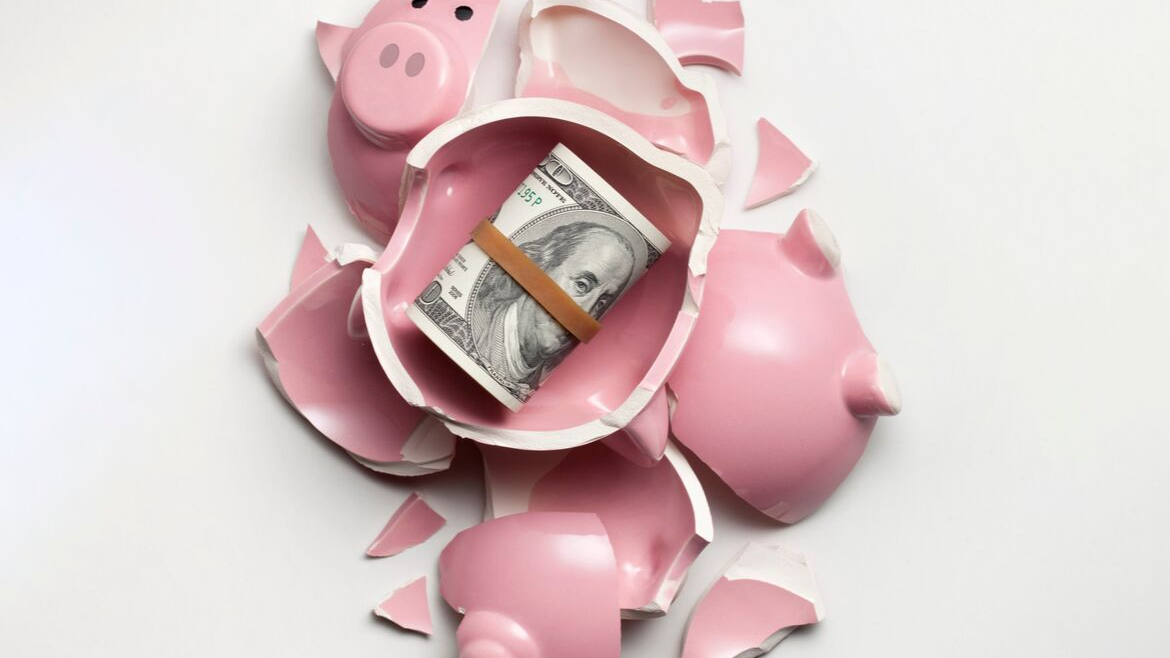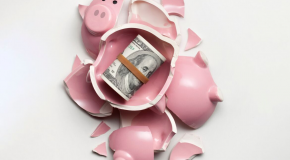Will the 21st century see the rise of a cashless society? The introduction of credit cards, digital wallets and cryptocurrencies have led experts over the past decade to speculate on the progressive demise of physical money, with stakeholders such as banks, consumers and governments seemingly gaining from the change.
If the world went cashless tomorrow, banks may rejoice at no longer handling notes and coins, which can be counterfeited or stolen. Digital payments would also give banks and payment processors greater information on their customers’ lifestyle.
For central banks, digital money could mean more insight into how money flows through the economy, with early warning signs possibly helping monetary policy function more efficiently.
But what of the US$1.7b unbanked worldwide? If people rely entirely on cash, they cannot borrow to grow their businesses or improve life for their families, as cash-dependent often means credit-less.
The end of cash as an anonymous and accessible method of payment also raises vital concerns. The first is whether money, or specifically identity, ownership and transactions, could and should go entirely digital. The second is ensuring the transition to digital money leaves no vulnerable populations behind.
A not-so-modern trend
Cashless transactions are nothing new. Traders settled debts by checks in medieval Italy and Catalonia. For consumers, little changed in the intervening centuries until the first Diners Club charge card appeared in 1951. Mobile wallets later followed after Apple’s iPhone launched in 2007.
Open banking, which opens up banking customer data to third-party developers, promises another revolution, with account-to-account payment services appearing across the European Union (EU).
Canada, Australia, Singapore and other nations are also breaking the control banks have on customer data, and allowing other licensed firms to initiate digital and mobile payments.
Non-cash payments are rising worldwide. Their volume jumped to US$482.6b in 2016, growing on average by 10.1% globally, including a 25.2% upswing in emerging Asian countries.





